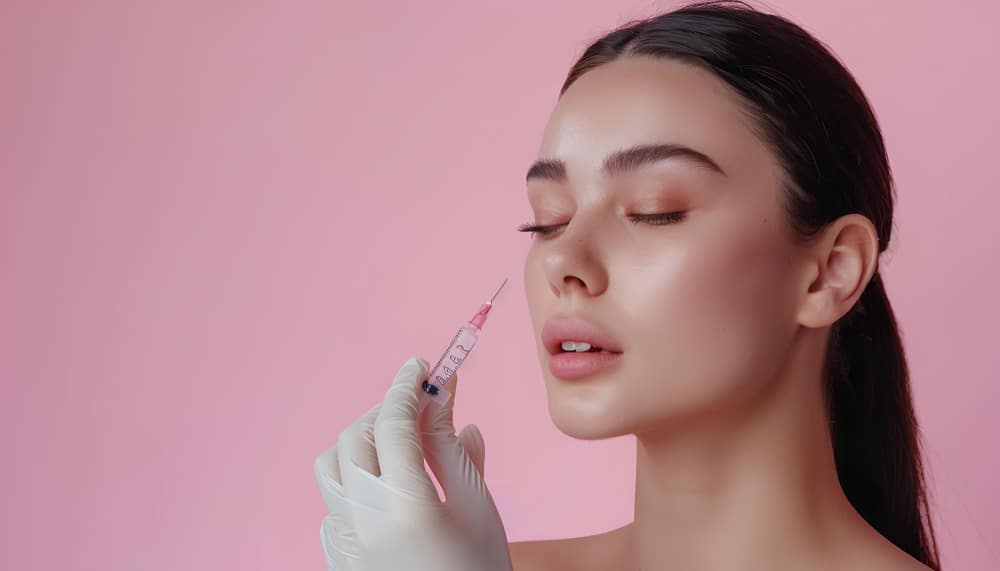
The cosmetic injectable industry is booming, driven by the rising demand for minimally invasive aesthetic procedures like botulinum toxin and soft tissue augmentation. This surge has led to frequent introductions of new dermal fillers, driven by innovation and improved formulations. However, this abundance of choices can lead to information overload and potential misinformation, complicating the decision-making process for patients. This article compares two popular dermal fillers: Restylane and Radiesse.
Dermal fillers can be categorized by their mode of action. The first type adds volume to soft tissue, like hyaluronic acid fillers such as Restylane. The second type, collagen biostimulators, stimulates collagen growth at the treatment site. Radiesse uniquely combines both mechanisms: it provides immediate volume replacement and stimulates long-term collagen production.
Radiesse contains synthetic calcium hydroxylapatite microparticles, similar to natural components in teeth and bones. It stimulates collagen growth non-inflammatorily by acting as a scaffold for collagen formation. Over time, these microparticles break down, leaving behind collagen. Radiesse’s high elasticity and viscosity make it excellent for volume replacement and lifting, with results lasting over two years.
Restylane, a well-known hyaluronic acid filler, is made of cross-linked hyaluronic acid, a naturally occurring, hydrophilic sugar. This biocompatible, non-immunogenic material retains water to keep skin firm and hydrated. Restylane treatments typically last 6-12 months.
The choice between Radiesse and Restylane depends on various factors:
Both Restylane and Radiesse are highly effective and safe dermal fillers. Choosing the right one involves considering the treatment type, area, and patient preferences regarding result longevity and reversibility.
Join our newsletter to receive latest news and offers

Medicle MD Ltd
Reg. Number: 14317237
Address: 27 Old Gloucester Street,
WC1N 3AX London,
United Kingdom